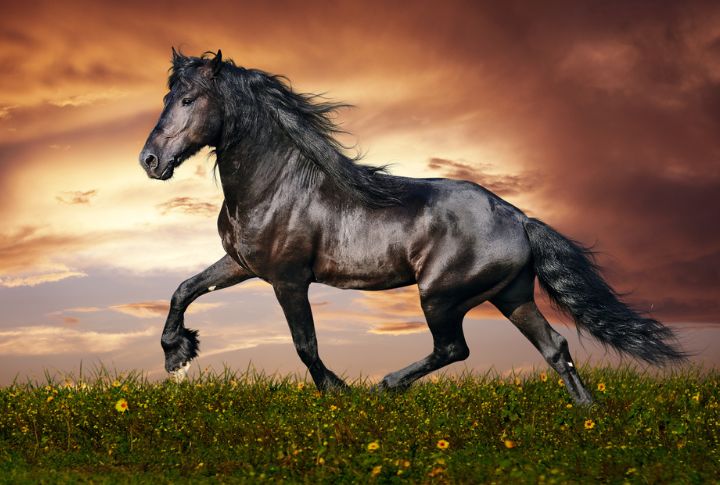
Horses have long held a place of prestige and affection in human culture, but not all breeds enjoy the same level of recognition. Some horse breeds are so rare that they are almost mythical, known only to a few enthusiasts and breeders dedicated to their preservation. In this article, we explore 15 incredibly rare horse breeds.
Akhal-Teke: The Golden Wonder
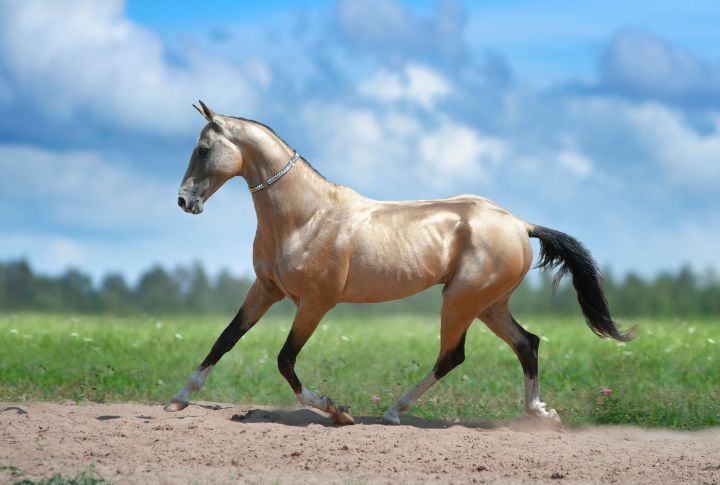
From Turkmenistan, these horses shimmer like living statues, their coats reflecting light in an almost supernatural way. Known for their endurance and speed, Akhal-Tekes have a lean build and expressive eyes. Their history intertwines with the Silk Road, where they served as prized mounts for warriors and traders alike. Today, these rare equines continue to mesmerize horse enthusiasts and compete in various disciplines, from dressage to long-distance racing.
Knabstrupper: Nature’s Paint Splatter
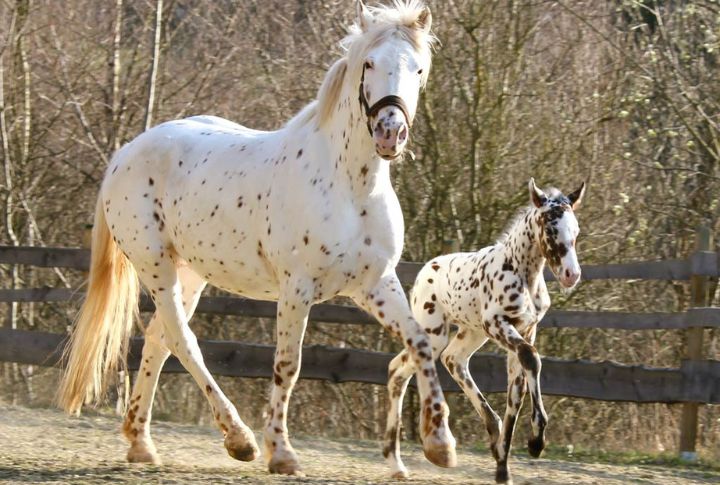
The Knabstrupper looks like it galloped straight out of an artist’s fever dream. Originating in Denmark, these horses sport coats that range from solid colors to intricate leopard-like patterns. Their spots can be so densely packed that some Knabstruppers appear almost white with colored specks. Beyond their eye-catching appearance, these horses excel in dressage and show jumping. A friendly temperament makes them popular choices for circuses and equestrian performances, where they dazzle audiences with both looks and talent.
Marwari: The Curved-Ear Cavalry
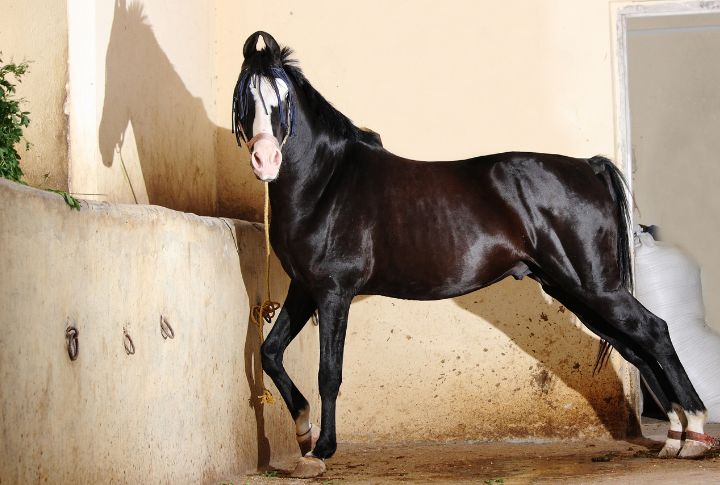
India’s Marwari horses stand out with their inward-curving ears, which can touch at the tips. This distinctive feature once helped riders identify their mounts in the chaos of battle. Marwaris possess incredible stamina and loyalty, making them indispensable to Rajput warriors. These horses move with grace and agility, their gaits smooth enough to allow riders to shoot arrows accurately at full gallop. Despite facing near-extinction in the 20th century, conservation efforts have helped preserve this unique breed for future generations.
Fjord Horse: The Mohawked Mountain Dweller
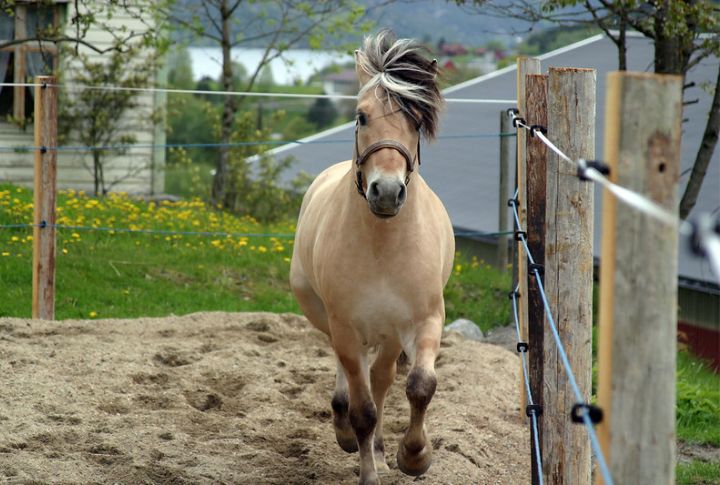
These horses from Norway sport a distinctive “mohawk” mane, often trimmed to stand upright and showcase its two-toned coloring. The stout, muscular horses have adapted perfectly to the rugged Norwegian landscape. Their sure-footedness makes them ideal for traversing steep mountain trails. Fjord horses played an important role in Norse mythology and were often buried with Viking chieftains. Today, they’re prized for their versatility, excelling in riding while maintaining their gentle, easy-going nature.
Bashkir Curly: The Hypoallergenic Horse
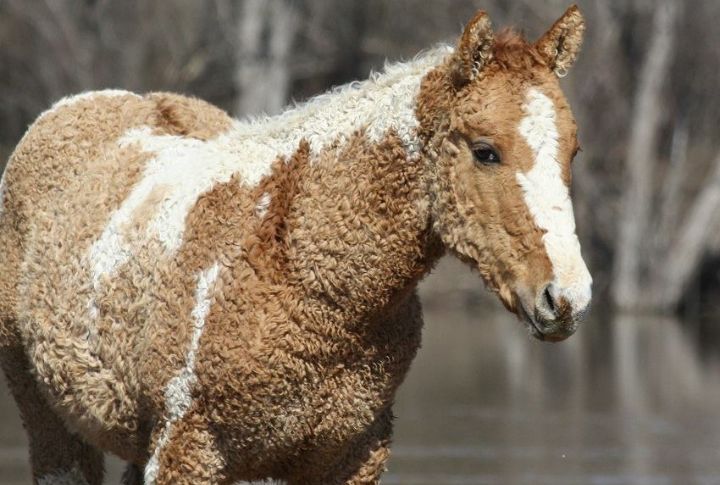
Imagine a horse with a coat that resembles a poodle’s, and you’ve got the Bashkir Curly. In addition to having curly hair on their bodies, these unique horses also have curly hair on their manes, tails, and even inside their ears. Initially from Russia, the horses thrive in harsh climates and are known for their intelligence and calm demeanor. Their curly coats shed in summer, giving them a completely different appearance with the changing seasons.
Falabella: The Equine Miniature
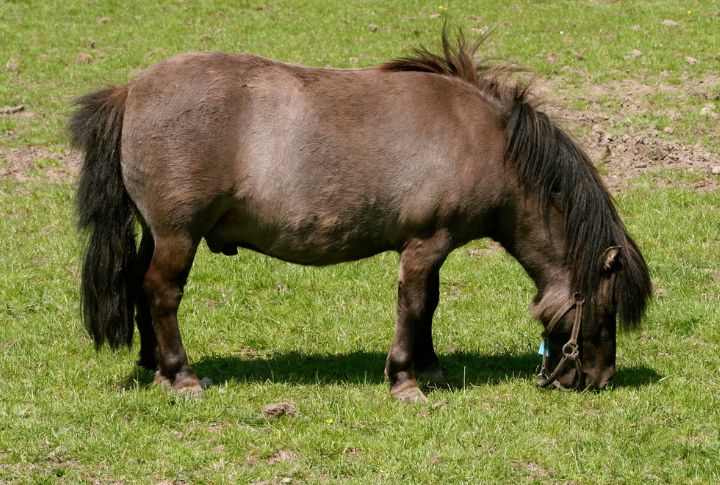
As tiny horses, they rarely stand taller than 32 inches at the withers, making them one of the smallest horse breeds in the world. Developed in Argentina, Falabellas possess the proportions of full-sized horses, just in a compact package. Despite their small size, these little horses are known for their intelligence and feistiness. While too small for riding, Falabellas excel in shows and make charming companion animals.
Przewalski’s Horse: The Last True Wild Horse
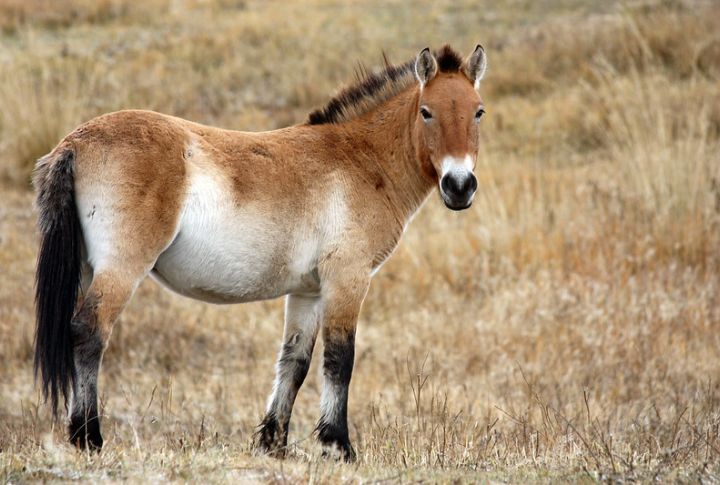
They are the only truly wild horses left on Earth. These stocky, dun-colored equines narrowly escaped extinction, with all living individuals descended from just 12 horses caught in the early 20th century. Locally from the steppes of Central Asia, these horses have never been domesticated. Their reintroduction to Mongolia marks a significant conservation success story. They possess 66 chromosomes, compared to 64 common domestic horses.
Gypsy Vanner: The Colorful Cob
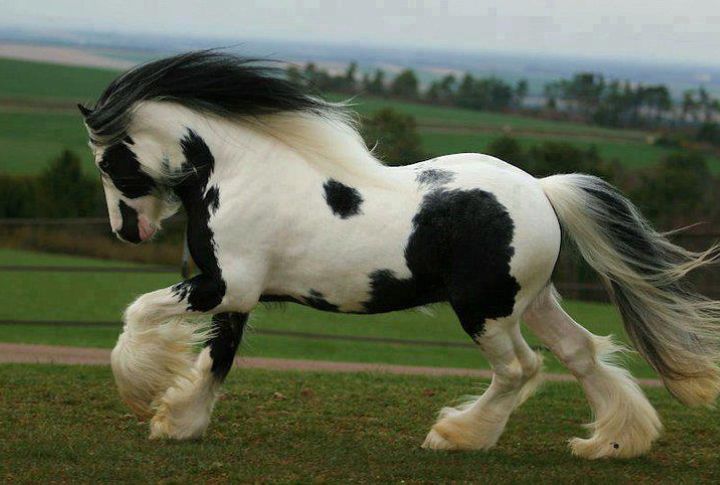
With flowing manes and feathered feet, Gypsy Vanners look like they’ve stepped out of a fairy tale. Developed by Romani people in the British Isles, these horses combine strength with a gentle temperament. The striking appearance, often featuring piebald or skewbald coloring, made them famous for pulling ornate caravans. Gypsy Vanners possess surprising agility for their size and excel in both driving and riding disciplines.
Mangalarga Marchador: The Smooth Operator
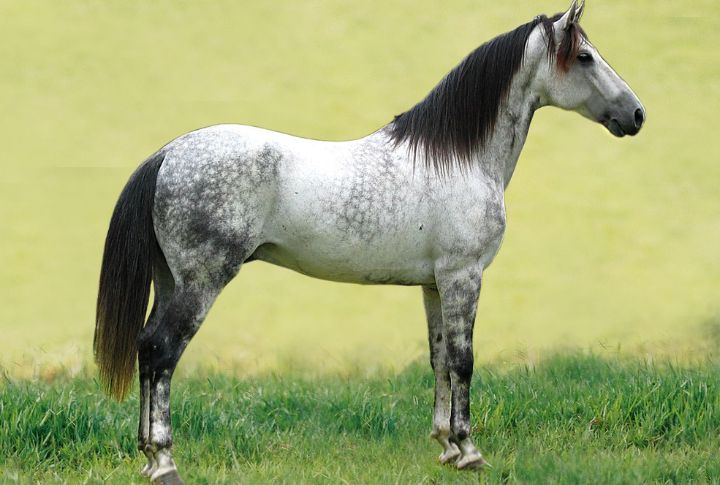
Brazil’s national horse, the Mangalarga Marchador, is known for its incredibly smooth gait. Thanks to their unique lateral ambling gait, called a march, these horses can cover long distances without exhausting their riders. Mangalarga Marchadors descend from Iberian horses brought to South America by Portuguese colonists. Their stamina and comfortable ride make them popular for long-distance trail riding and endurance competitions. They form strong bonds with their handlers and are known for their intelligence and willingness to work.
Appaloosa: The Spotted Sensation
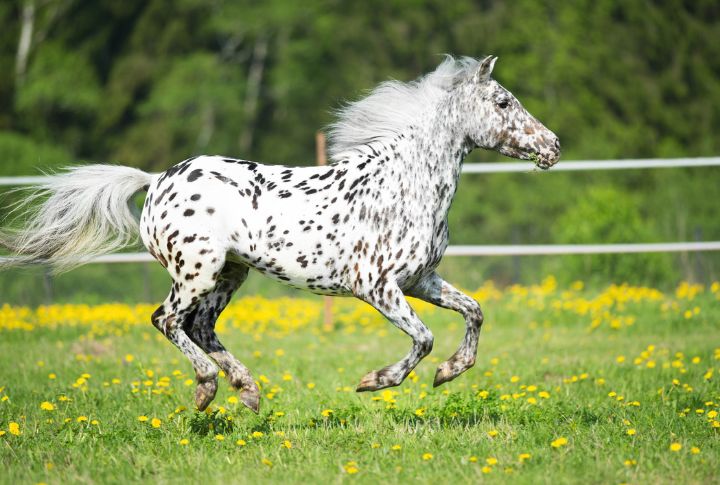
While more well-known than some on this list, Appaloosas deserve mention for their fascinating history and distinctive coat patterns. Developed by the Nez Perce people of North America, these horses feature various spotted patterns, from leopard-like spots to blanket and snowflake patterns. Appaloosas nearly vanished after the Nez Perce War but were saved by dedicated breeders. Beyond their eye-catching appearance, these horses are versatile athletes, excelling in Western riding disciplines and endurance events.
Icelandic Horse: The Compact Viking Steed
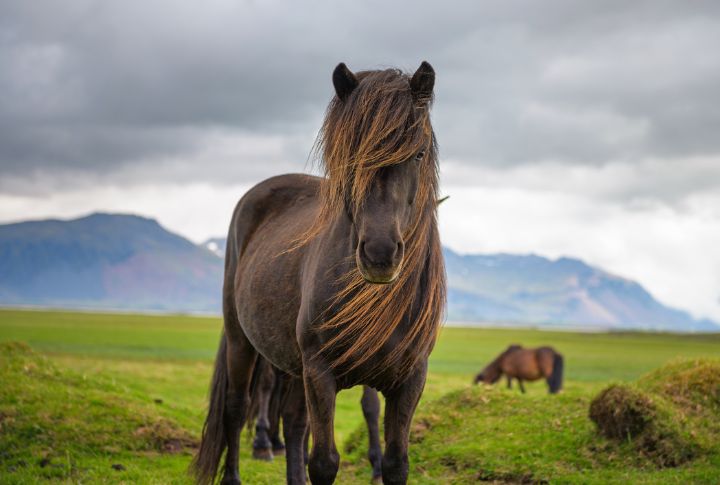
Don’t let their small size fool you—Icelandic horses are tough as nails. The pony-sized equines descend directly from horses brought to Iceland by Norse settlers over a thousand years ago. Icelandic horses possess two unique gaits besides the standard walk, trot, and canter: the tölt, a smooth four-beat lateral ambling gait, and the flying pace, a rapid two-beat lateral gait. Thick winter coats and sturdy build allow them to thrive in Iceland’s harsh climate.
Friesian: The Black Beauty
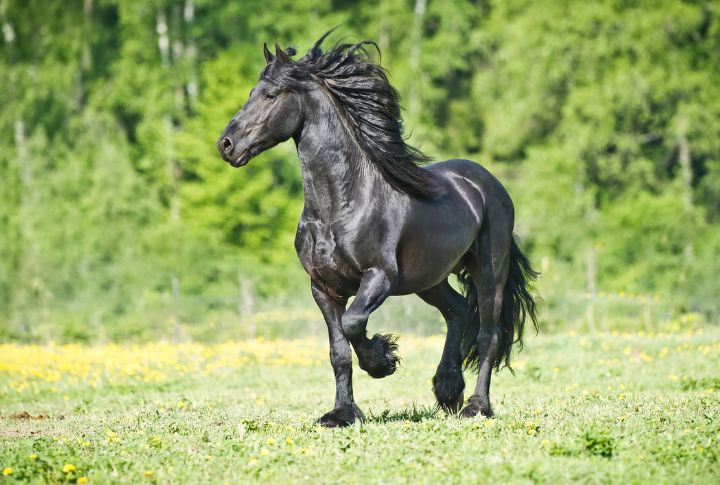
With their jet-black coats and flowing manes, Friesian horses look like they’ve galloped straight out of a romantic period film. Coming from the Netherlands, these horses were once prized as war mounts due to their strength and agility. Friesians nearly went extinct in the early 20th century but have since made a remarkable comeback. High-stepping gaits and dramatic appearance make them popular in dressage and circus performances. They are known for their gentle and affectionate nature despite their imposing looks.
Exmoor Pony: The Living Fossil
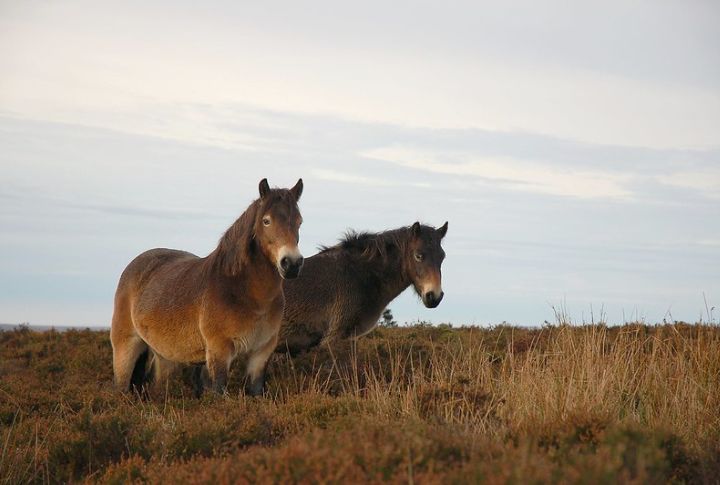
Native to the British Isles, these hardy little horses have remained largely unchanged for thousands of years. They have a distinctive “toad eye,” a fleshy ring around the eye that protects against harsh weather—a unique adaptation to their moorland habitat. These ponies played an important role in World War II, helping to transport supplies across difficult terrain. Today, conservation efforts aim to preserve this ancient breed and its valuable genetic heritage.
Cleveland Bay: The Versatile
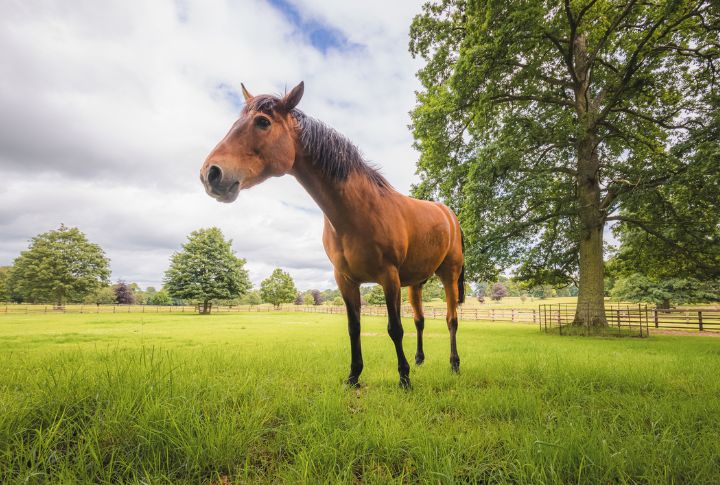
These horses are exclusively bay in color, ranging from light to dark bay, with distinctive black points on their mane, tail, and lower legs. They typically stand between 163 to 168 cm. Breeding dates back to the medieval period when native bay horses were crossed with Andalusian and Barb horses brought back by Crusaders. The breed was refined in the 17th and 18th centuries with the addition of Thoroughbred blood.
Camargue Horse: The White Ghosts of the Marshes
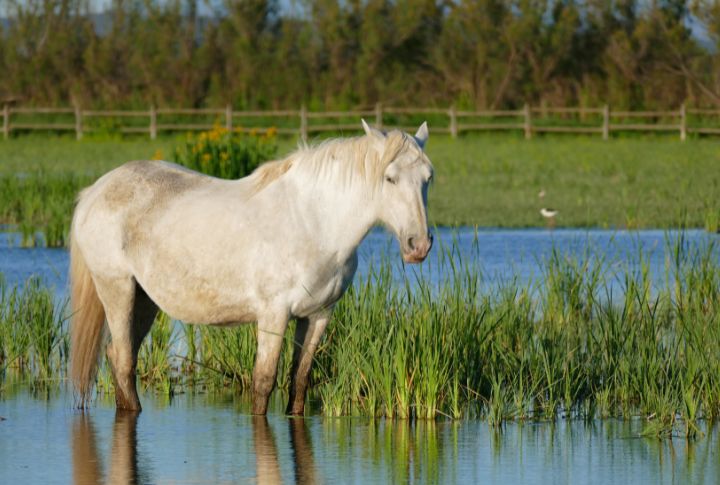
Native to the Camargue region of southern France, these small white horses roam saltwater meadows and marshes. Camargue horses are born dark and gradually lighten to a pale gray or white as they mature. Their semi-feral lifestyle has made them incredibly hardy and self-sufficient. Traditionally used by the Camargue cowboys to herd bulls, these horses are agile and sure-footed.


Comments
Loading…